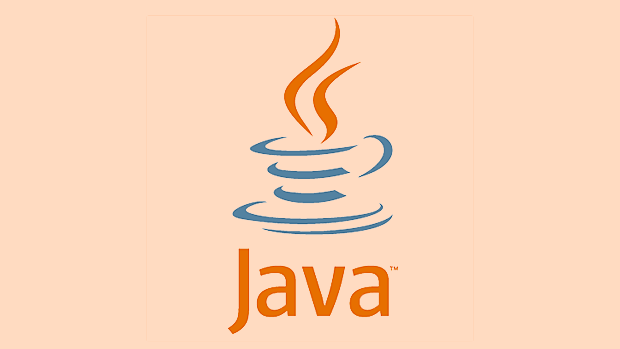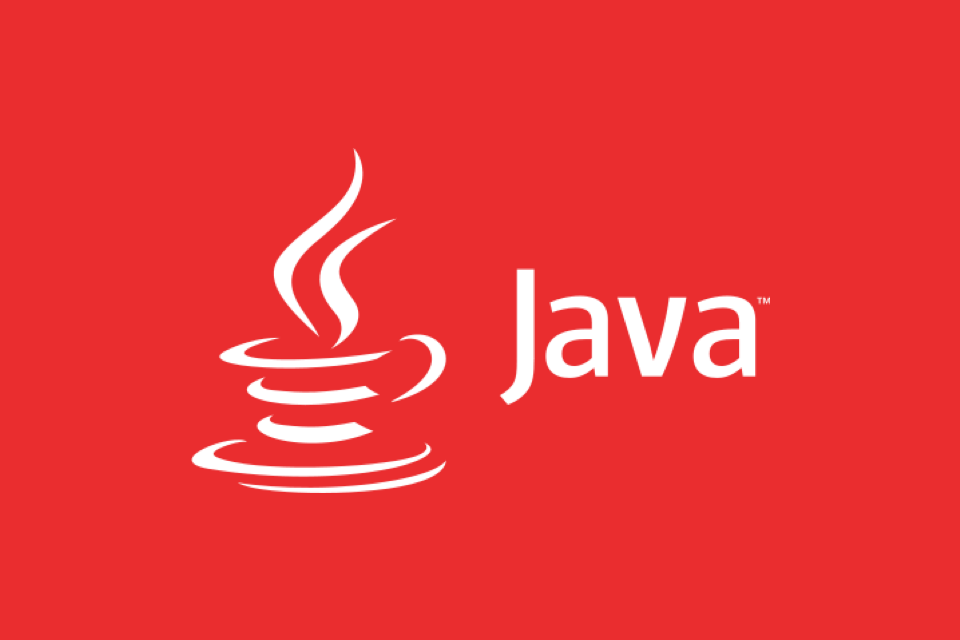Java Memory Profiling with Eclipse MAT
To quickly locate Java memory issues, analyzing heap dumps using Eclipse MAT is key. 1. Automatically generate heap dumps when using jmap, JVisualVM or OOM; 2. After opening the file, check Histogram, Dominator Tree and Leak Suspects to locate suspicious objects; 3. Analyze the GC Roots reference chain to confirm whether the leak is caused by invalid references; 4. Use Compare Basket to compare snapshots to observe memory trends; 5. Pay attention to large file loading performance and array type display problems. Mastering these operations can efficiently troubleshoot most memory bottlenecks.

Memory problems in Java applications are often headaches, especially when encountering memory leaks or frequent GC. As a powerful memory analysis tool, Eclipse MAT (Memory Analyzer) can help developers quickly locate the root cause of problems. This article does not talk about complex theories, but only talks about a few practical uses and operating methods that you are most concerned about.

How to quickly generate heap dump files available for MAT
Before using MAT, you must first get a heap dump. There are several common ways to generate:
- Use
jmapcommand:jmap -dump:format=b,file=heap.bin <pid></pid> - Trigger heap dump via JVisualVM
- Automatically export when OOM occurs in the application: Start parameter plus
-XX: HeapDumpOnOutOfMemoryError
Note: The heap dump file may be large. Make sure that the disk space is sufficient. It is not recommended to use compression methods such as network disks during transmission to avoid corruption of files.

How to view the main interface of MAT? What indicators are focused on
After opening heap.bin, MAT will automatically generate an overview report (Overview), which has several key areas worth looking at:
- Histogram : Displays the number of instances and memory size of each class, which is suitable for preliminary judgment of whether there is a large amount of duplicate objects piled up.
- Dominator Tree : Display objects according to the "dominate" relationship, and more intuitively see who occupies the most memory.
- Leak Suspects : This is one of the most practical parts of MAT, which automatically analyzes and lists suspicious memory leak points.
For example, if you find that a certain business object has an abnormal number in Histogram, you can right-click to select "Merge Shortest Path to GC Roots" to see why these objects have not been recycled.

How to confirm if it is a memory leak?
The essence of memory leaks is that objects are no longer used but cannot be recycled by GC. In MAT, you can use the following steps to assist in judgment:
- Find the type of object that is suspected to be leaked
- View its dominant tree path (Dominator Tree)
- Analyze the GC Roots reference chain to confirm whether it cannot be released due to unnecessary references
For example: If a cache map continues to grow without a cleanup mechanism, you may see it occupy a high position in the Dominator Tree for a long time. Looking further into its reference chain, it is found that it is held by a static variable, and the cache should have been released with the end of the request - this is a typical leak scenario.
At this time, you can check whether there are singleton errors in the code to hold non-static objects, listeners are not logged out, thread local variables are not cleaned, etc.
Tips and precautions for using MAT
- If the heap dump is too large and loading slowly, you can add startup parameters to adjust the memory settings of the MAT (such as modifying -Xmx in eclipse.ini)
- Comparing heap snapshots at different points in time using the Compare Basket feature helps to discover memory growth trends
- When the class name is displayed in the formats of
[B、[C、[I, is actually array types such as byte[], char[], int[], etc., don't panic.
Basically that's it. Mastering these points is enough to deal with most Java memory problems. Although tools are good, understanding business logic is the foundation of positioning problems.
The above is the detailed content of Java Memory Profiling with Eclipse MAT. For more information, please follow other related articles on the PHP Chinese website!

Hot AI Tools

Undress AI Tool
Undress images for free

Undresser.AI Undress
AI-powered app for creating realistic nude photos

AI Clothes Remover
Online AI tool for removing clothes from photos.

ArtGPT
AI image generator for creative art from text prompts.

Stock Market GPT
AI powered investment research for smarter decisions

Hot Article

Hot Tools

Notepad++7.3.1
Easy-to-use and free code editor

SublimeText3 Chinese version
Chinese version, very easy to use

Zend Studio 13.0.1
Powerful PHP integrated development environment

Dreamweaver CS6
Visual web development tools

SublimeText3 Mac version
God-level code editing software (SublimeText3)
 How to create a file in Java
Sep 21, 2025 am 03:54 AM
How to create a file in Java
Sep 21, 2025 am 03:54 AM
UseFile.createNewFile()tocreateafileonlyifitdoesn’texist,avoidingoverwriting;2.PreferFiles.createFile()fromNIO.2formodern,safefilecreationthatfailsifthefileexists;3.UseFileWriterorPrintWriterwhencreatingandimmediatelywritingcontent,withFileWriterover
 How to add a JAR file to the classpath in Java?
Sep 21, 2025 am 05:09 AM
How to add a JAR file to the classpath in Java?
Sep 21, 2025 am 05:09 AM
Use the -cp parameter to add the JAR to the classpath, so that the JVM can load its internal classes and resources, such as java-cplibrary.jarcom.example.Main, which supports multiple JARs separated by semicolons or colons, and can also be configured through CLASSPATH environment variables or MANIFEST.MF.
 Building Extensible Applications with the Java Service Provider Interface (SPI)
Sep 21, 2025 am 03:50 AM
Building Extensible Applications with the Java Service Provider Interface (SPI)
Sep 21, 2025 am 03:50 AM
JavaSPI is a built-in service discovery mechanism in JDK, and implements interface-oriented dynamic expansion through ServiceLoader. 1. Define the service interface and create a file with the full name of the interface under META-INF/services/, and write the fully qualified name of the implementation class; 2. Use ServiceLoader.load() to load the implementation class, and the JVM will automatically read the configuration and instantiate it; 3. The interface contract should be clarified during design, support priority and conditional loading, and provide default implementation; 4. Application scenarios include multi-payment channel access and plug-in verification; 5. Pay attention to performance, classpath, exception isolation, thread safety and version compatibility; 6. In Java9, provide can be used in combination with module systems.
 How to implement an interface in Java?
Sep 18, 2025 am 05:31 AM
How to implement an interface in Java?
Sep 18, 2025 am 05:31 AM
Use the implements keyword to implement the interface. The class needs to provide specific implementations of all methods in the interface. It supports multiple interfaces and is separated by commas to ensure that the methods are public. The default and static methods after Java 8 do not need to be rewrite.
 A deep understanding of HTTP persistent connections: policies and practices for sending multiple requests on the same socket
Sep 21, 2025 pm 01:51 PM
A deep understanding of HTTP persistent connections: policies and practices for sending multiple requests on the same socket
Sep 21, 2025 pm 01:51 PM
This article explores in-depth the mechanism of sending multiple HTTP requests on the same TCP Socket, namely, HTTP persistent connection (Keep-Alive). The article clarifies the difference between HTTP/1.x and HTTP/2 protocols, emphasizes the importance of server-side support for persistent connections, and how to correctly handle Connection: close response headers. By analyzing common errors and providing best practices, we aim to help developers build efficient and robust HTTP clients.
 Understanding Java Generics and Wildcards
Sep 20, 2025 am 01:58 AM
Understanding Java Generics and Wildcards
Sep 20, 2025 am 01:58 AM
Javagenericsprovidecompile-timetypesafetyandeliminatecastingbyallowingtypeparametersonclasses,interfaces,andmethods;wildcards(?,?extendsType,?superType)handleunknowntypeswithflexibility.1.UseunboundedwildcardwhentypeisirrelevantandonlyreadingasObject
 How to read a properties file in Java?
Sep 16, 2025 am 05:01 AM
How to read a properties file in Java?
Sep 16, 2025 am 05:01 AM
Use the Properties class to read Java configuration files easily. 1. Put config.properties into the resource directory, load it through getClassLoader().getResourceAsStream() and call the load() method to read the database configuration. 2. If the file is in an external path, use FileInputStream to load it. 3. Use getProperty(key,defaultValue) to handle missing keys and provide default values to ensure exception handling and input verification.
 Java Tutorial: How to Flatten a Nested ArrayList and Fill its Elements into an Array
Sep 18, 2025 am 07:24 AM
Java Tutorial: How to Flatten a Nested ArrayList and Fill its Elements into an Array
Sep 18, 2025 am 07:24 AM
This tutorial details how to efficiently process nested ArrayLists containing other ArrayLists in Java and merge all its internal elements into a single array. The article will provide two core solutions through the flatMap operation of the Java 8 Stream API: first flattening into a list and then filling the array, and directly creating a new array to meet the needs of different scenarios.







